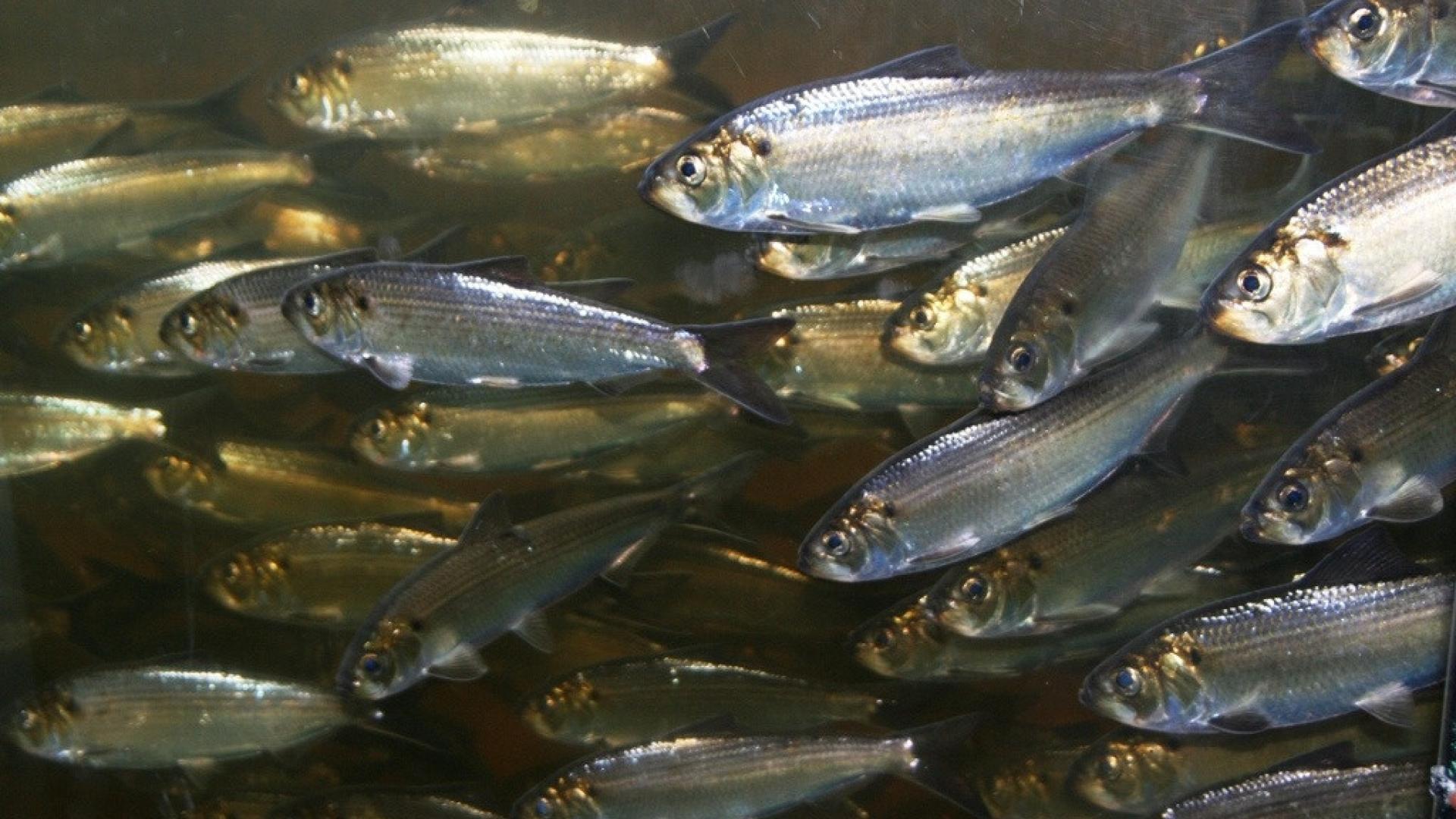I’m not a “big fish” kind of fisherman.
I still like to go out and “just catch fish.” They don’t need to be big, although I do prefer a steady stream of them. I guess I’ll never be a muskie fisherman.
But I have to admit that the lake trout in Lake Champlain have always been in the back of my mind. Although I’ve never gone out on the lake and specifically targeted lakers, that thought is always there when we’re floating for bass (what has become Champlain’s marquee species). On that evening when we’re drifting along and I tie into a nice-sized fish, I’m always wondering, at first, what might come up from the deep. You never know; that’s all part of the fun.
So I’ve never caught one. Steve has and he says it’s a lot of fun. For now, I’ll have to take his word for it. If I wait long enough, though, it might be worth it.
The lakers in Champlain are big, no doubt, but they are getting bigger, thanks to a booming alewife population – a double-edged sword, to be sure.
Alewives were first found in Lake Champlain in Missisquoi Bay in 2003 and quickly established themselves in the main lake a year or two later. An invasive species, they are now the dominant forage base in the lake for not only the lake trout, but Atlantic salmon and, where they are found, walleye.
With more to eat, the fish are getting bigger. In this year’s LCI Father’s Day derby, the winning lake trout was 16.5 pounds (second place was over 17 pounds, but a little shorter). There have been reports of 18- and19-pounders coming out of the lake. Additionally, Vermont’s state record walleye came out of Champlain in 2010 – a 14.55-pound monster.
Alewives are native ocean fish and the ones we’re finding in Champlain are smaller than their saltwater cousins, growing to between 6 and 7 inches. You can find them natively in the St. Lawrence River, but once they got into the Richelieu River and the Pike River in Quebec, it was really only a matter of time before they worked their way through the drainage into Missisquoi Bay. By 2008, hundreds of thousands of alewives were found dead on Vermont’s Inland Sea and the next year the same phenomenon occurred in the southern end of the lake. The small fish are very temperature sensitive and sudden changes can lead to these die-offs.
That’s all found on the other side of that double-edged sword.
In addition to the potential for sudden losses of a forage base because of the die-offs, the alewives have out-competed the smelt and we’ve seen a tremendous population crash on Lake Champlain. Gone are the days you could sit over a hole in the ice and pull the little silver fish out hand over fist.
And just like us, larger predator fish are prone to eat things that aren’t good for them. Alewives contain what’s called thiaminase, a compound that destroys thiamine and leads to early mortality syndrome in trout and Atlantic salmon, two species particularly susceptible to vitamin B12 deficiency. But with some work, fisheries biologists have found ways to treat this deficiency in the hatchery and have had some success.
All this flies under the sonar of most fishermen who ply the waters of Lake Champlain, just waiting for that next strike. And I’ll probably never be a “big fish” kind of fisherman, but who knows? In a couple of years, if the lakers keep on eating, I might not have that choice.
